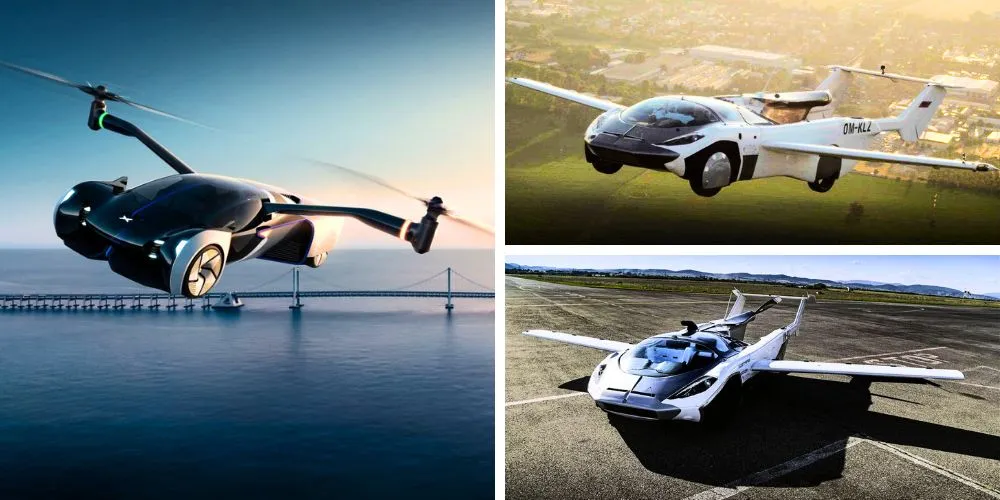Key Points:
- Advancements in aerospace engineering, propulsion systems, and autonomous technology are driving the development of flying cars.
- Flying cars solve urban congestion by bypassing traffic and reducing commute times.
- Regulatory agencies and policymakers are working to create a framework for commercializing flying cars.
- Flying cars have the potential to revolutionize urban mobility and unlock new possibilities for transportation.
In a world where futuristic visions of flying cars have long been confined to the realms of science fiction, recent advancements are bringing this dream closer to reality. With significant strides in technology and innovation, the concept of flying cars is transitioning from fantasy to feasibility, promising to revolutionize urban mobility in the not-so-distant future.
Recent breakthroughs in aerospace engineering, propulsion systems, and autonomous technology have propelled the development of flying cars to unprecedented heights. Companies at the forefront of this revolution, such as Terrafugia, Joby Aviation, and AeroMobil, are racing to bring their visions of personal air transportation to life.
One of the key drivers behind the push for flying cars is the growing congestion in urban areas, where traditional modes of transportation are increasingly becoming inefficient and unsustainable. The vehicles offer a compelling solution to this challenge, providing a means of transportation that significantly bypasses traffic congestion and reduces commute times.
Moreover, advancements in electric propulsion technology are making flying cars more environmentally friendly and sustainable than ever before. Electrically powered flying vehicles produce fewer emissions than their fossil fuel counterparts, offering a cleaner and greener alternative for urban transportation.
Integrating autonomous technology further enhances the safety and usability of flying vehicles, enabling users to navigate urban airspace with ease and confidence. With features such as collision avoidance systems and advanced autopilot capabilities, flying cars promise to be as safe and reliable as traditional modes of transportation.
Furthermore, regulatory agencies and policymakers are working to create a regulatory framework to facilitate the widespread adoption of flying cars. Initiatives such as NASA’s Urban Air Mobility Grand Challenge and the Federal Aviation Administration’s (FAA) efforts to integrate unmanned aerial systems into the national airspace are paving the way for the commercialization of flying cars.
As the technology world continues to mature and regulatory barriers are addressed, the prospect of flying cars becoming a common sight in urban skies is becoming increasingly tangible. With the potential to transform how people live, work, and travel, flying vehicles represent a paradigm shift in transportation that promises to unlock new possibilities for urban mobility.










